#donjon lacataye
Text
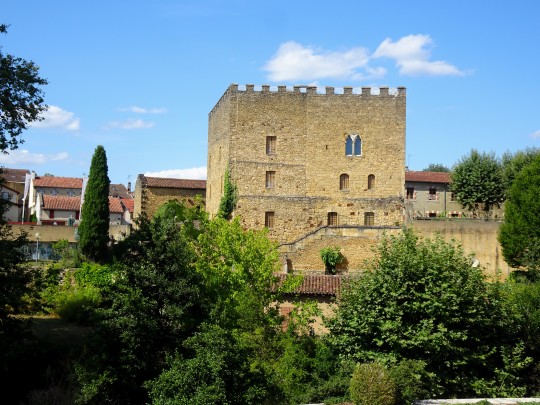
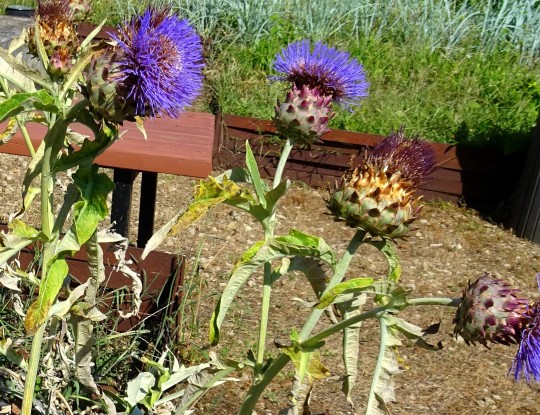


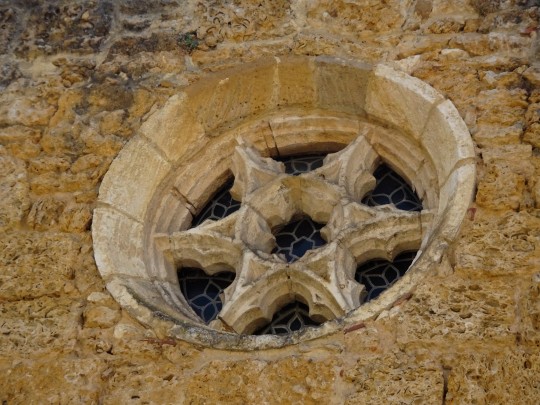
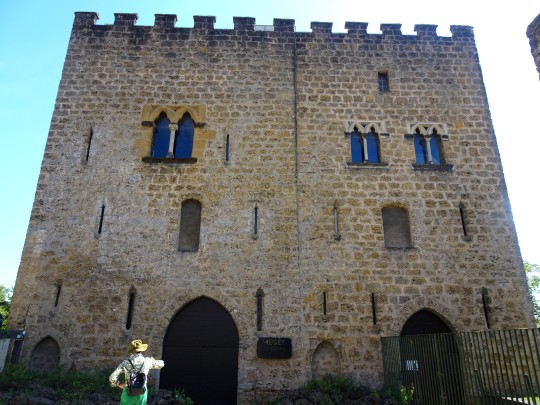

En fait tout ce tour en Gascogne, dans les Landes a UN but : aller à Mont-de-Marsan. C'est là que j'ai commencé pour la toute première fois, à travailler en 1982-83, en temps que prof stagiaire au Lycée Duruy....Et comme cette année c'est la retraite : la boucle est bouclée !!
C'est horrible mais je n'ai aucun souvenir de ces bâtiments médiévaux avec donjon (le Donjon Lacataye) où se trouve un musée de sculptures.
On y voit aussi des artichauts aux fleurs géantes et un petit écureuil émaillé sur le toit d'une maison voisine.
#mont-de-marsan#landes#gascogne#souvenirs#christine#écureuil#faîte#artichaut#château#médiéval#donjon#donjon lacataye
14 notes
·
View notes
Link
Capital of the Landes Department, Mont-de-Marsan is a medieval bastide town where the Douze and Andou Rivers meet.
It was created in the beginning as a walled settlement in the 1100s, and some solid houses and scrap of old walls still exist from this point. For hundreds of years, Mont-de-Marsan flourished through trade, shipping Armagnac and other delicacies in the region from Midouze to the Atlantic. The riverside is still lined with stone warehouses and quays from this period. As a four-star star Ville Ville Fleurie steals Mont-de-Maran, located in greenery, abundant water, and secretly beautiful scenes, all of which have been charged in history. Discover the best things to do in Mont-de-Marsan.
[toc]
1. Donjon Lacataye
Infusing the townscape with medieval romance is this tall fortified tower. The name “Donjon” means “keep”, suggesting that this was part of a whole castle, but the building is actually two stand-alone fortified houses side by side.
From the Midou side, you’ll see that one has the slender windows of a Romanesque house, while the others’ are square, showing they were built at different times. The site was completed in the early 1500s and now houses the Despiau-Wlérick Sculpture Museum. On a visit, you can climb up for a view from the battlements.
2. Musée Despiau-Wlérick
Inside the Donjon Lacataye is the only French museum dedicated to modern figurative sculpture. It takes the names of Charles Despiau and Robert Wlérick, two sons of Mont-de-Marsan and both celebrated sculptors: Wlérick is famous for sculpting the monument to Marshal Foch at the Place du Trocadéro in Paris in 1936.
In all, there are more than 2,200 sculptures here, created between the late 19th and 1950s. Among them are three gilded copper reliefs made for the 1937 Paris Exhibition by Henri Lagriffoul and his works. by André Greck and Charles Correia.
3. Parc Animalier de Nahuques
In four hectares to the east of Mont-de-Marsan is a park that kids will be wild for: Shaded by giant oak trees are animal enclosures with mostly regional species like sheep, donkeys, dwarf goats, and deer.
These are joined by Corsican mouflons, emus, wallabies, black swans and more than 100 bird species at the aviary. There’s also a playground for the littlest children, pony rides for kids up to 10 and a clutch of stands in the park selling waffles, crêpes, and soft drinks.
4. Romanesque Fortified Houses
Nestled on a quiet backstage, Rue Maubec is a few buildings that return to the origins of Mont-de-Marsan. These edifices are in the same vein as the Donjon Lacataye, fortified houses that would have been attached to the city’s defensive walls.
At no. 6 is a house dating back to the late 1100s, listed as a historical site and with a stunningly mulled window. There are arrow loops in the front and if you look closely at the corbels there are openings from which rocks or hot oil could have been thrown on attackers.
There’s another 12th-century house at no. 24, less well-preserved but also meriting a couple of minutes.
5. Parc Jean-Rameau
On a loop in the Douze, the refined Parc de Rameau was opened in 1813 and has an interesting backstory. It started as a place to experiment with plants and plants from other parts of the world, but soon became a place to walk in style.
The maritime pine was cultivated here, which helped to drain the Landes marshes and provide a buffer against the dunes on the coast.
The park is as calm and dignified as ever, with a cast-iron bandstand from 1907, a fern garden, Japanese garden and hydrangea flowerbeds, all sheltered by beeches, limes, and pines.
6. Sights around Town
Mont-de-Marsan has many small places to suit a walking tour, many places with fascinating stories to tell. The Neoclassical Rotunda on Boulevard de Candau was built by the French Académie d’Agriculture in 1811 and was meant to be a plant nursery, but the plans were abandoned.
Just after the confluence of the Douze and Midou is the site of a once-thriving river-port transporting Armagnac, wheat, honey and more down to Bayonne up to the start of the 20th century.
Warehouses, docks, and the towpath are small hints of an activity that went back to the 1100s. And on 46 rue Armand-Dulamon is a beautiful 18th-century castle with mansard roofs and exquisite decorations above the first-floor windows.
7. Base de Loisirs du Marsan
Just off the Route de Bayonne to the southwest of Mont-de-Marsan is the town’s place to blow off steam on hot days. In this 120-hectare outdoor space, there’s a bathing lake and beach, a large fishing pond as well as facilities and equipment for any number of outdoor pursuits.
Bring youngsters to the Accrobranche Centre, which is a kind of climbing attraction with 16 courses set high in the park’s tall pines and a 700-meter zip-line that passes right above the bathing lake.
If you don’t have a car you can use the free shuttle bus that serves the park from the center of town in the summer.
8. Musée du 34e Régiment d’Infanterie
The French Army’s 34th infantry regiment moved to Mont-de-Marsan from Tarbes in 1876 and was headquartered in the Bosquet Barracks. Here, the Pavillon Solférino is a former guardhouse for the barracks, containing artifacts that will delight anyone with a taste for military regalia.
Has flags, uniforms, and badges as well as photo storage of strange training manipulations. The museum also goes into depth about certain characters, like the Abbé Bordes, a volunteer chaplain who won the Croix de Guerre and Légion d’Honneur in the First World War.
9. Lavoirs
Yet more traces of the past can be discovered at the six communal washhouses dotted around the town. Unlike in most French cities, these have been preserved and are little souvenirs of a not so distant era.
The loveliest of all is the Lavoir de la Cale de l’Abreuvoir, which is from 1870 and set down where the Andou and Douze Rivers meet. It has a large semicircular building with ten arches currently decorated with geraniums.
Pause a moment to watch the river go by and get a photo of the rustic old mill on the opposite bank.
10. Ramparts
Walking around Mont-de-Marsan you get a sense of how useful the Douze and Andou Rivers would have been for defense in medieval times. Their meanders create a natural barrier on the North, South and West sides of the town.
But on the unprotected east side of the old town, lots of fragments of the 12th-century defensive walls are visible. Some places to go for these are Rue Armand Dulamon, Promenade du 21 Août 1944 and the wall neighboring the Donjon Lacataye.
There are four rectangular towers to see, and in places, the walls get up to a height of ten meters.
More ideals for you: Top 10 things to do in Modica
From : https://wikitopx.com/travel/top-10-things-to-do-in-mont-de-marsan-709176.html
0 notes
Text


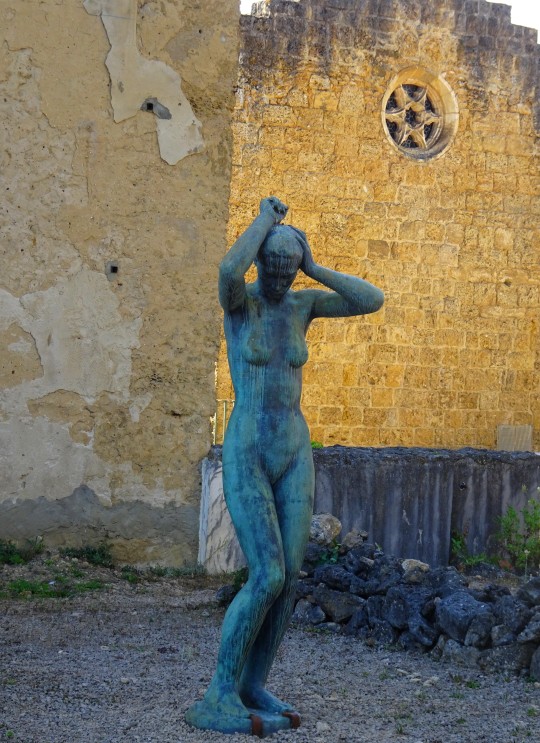




En fait tout ce tour en Gascogne, dans les Landes a UN but : aller à Mont-de-Marsan. C'est là que j'ai commencé pour la toute première fois, à travailler en 1982-83, en temps que prof stagiaire au Lycée Duruy....Et comme cette année c'est la retraite : la boucle est bouclée !!
Au donjon Lacataye, il y a un musée de sculpture :
1 et 2 : Henri Bouchard, "L'Architecte romain"
3 : ? (si quelqu'un...)
4 : vue générale
5 : Félix Soulès, "La Landaise"
6: André Greck, "Les Bretonnes"
7: Robert Wlérick, "Calme Hellénique"
#mont-de-marsan#gascogne#landes#sculpture#statue#donjon lacataye#henri bouchard#barbe#félix soulès#landaise#bretonne#coiffe#andré greck#robert wlérick
4 notes
·
View notes